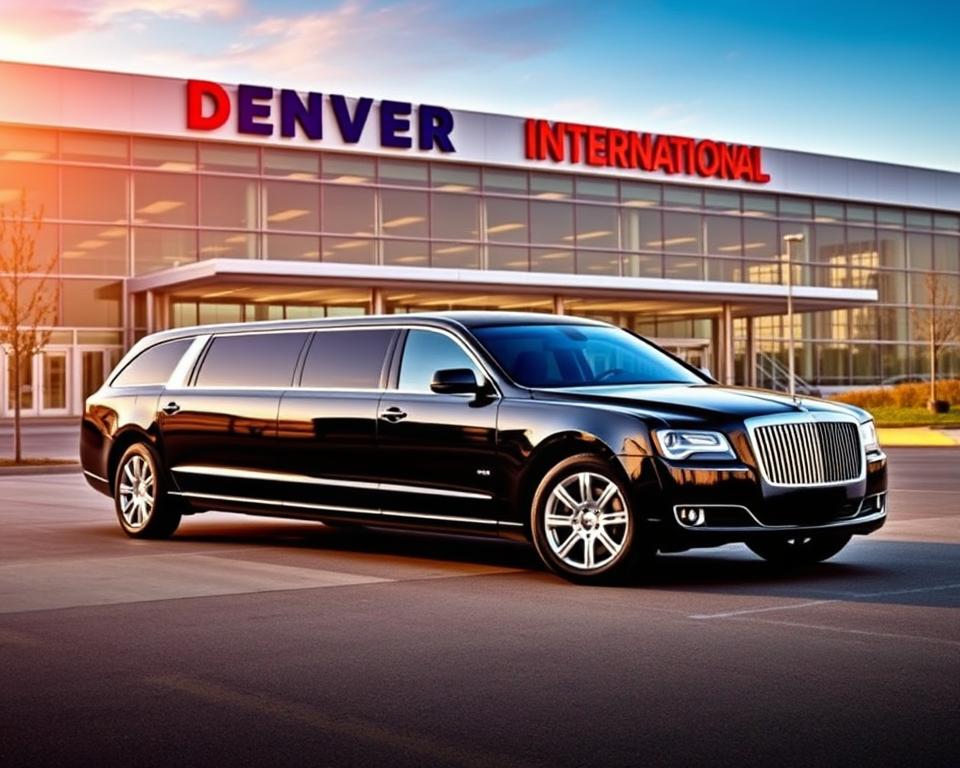Lakewood Town Car Service: The Ultimate Choice for VIP Events
Lakewood Vehicle Rental: Reserve Your Rental Car Now
Did you know a quarter of visitors book rental vehicles for as low as $29 or less? With picturesque views and boundless road trip possibilities, this region calls for transport for discovery. Reserving in advance offers major deals—postponing could mean paying more.
Envision gliding through awe-inspiring canyons and soaring summits—on your terms. With a hire, you own the itinerary, breaks, and pace. No packed excursions or missed photo ops with black car service
Discover Scenic Landscapes at Your Own Speed
Legendary routes like Trail Ridge Road and the Million Dollar Highway reward those with wheels. Jeep Wranglers, with government-issued 5-star protection levels, tackle Rocky Mountain roads easily. Compact cars? They’ll struggle on elevated roads.
“The most unforgettable adventures aren’t just about destinations—they’re about the ability to roam.”
Flexibility for Road Trips and Outdoor Reserves
Not all natural areas are equal. Rocky Mountain National Park’s high-altitude drives demand sturdy transport, while Great Sand Dunes’ routes suit most options. Need room? Avis’ 12-passenger vans seat groups perfectly.
| Car Model | Ideal For | Terrain Limit |
|---|---|---|
| Jeep Wrangler | Mountain passes | None |
| Compact Car | Budget travel | Paved roads only |
| 12-Passenger Van | Group excursions | Moderate off-road |
Budget’s convertible Jeeps provide panoramic views—ideal for elevated reserve horizons. Prefer unplanned stops? On-the-fly discoveries to hidden gems are yours with a rental.
How to Prepare for Your Colorado Car Hire
Smart travelers know readiness makes all the change for smooth journeys. A simple plan ensures you meet all requirements and dodge extra fees. Make sure your credentials and driving rules are set to go.
A current U.S. driver’s license and payment method are required. International drivers need a passport and an International Driving Permit. Rental agencies also require proof of coverage—either your private coverage or their coverage.
- Underage fees: Drivers under 25 pay $27–$35 per day.
- CDP codes: Corporate deals require these at booking.
- Liability vs. waivers: Colorado statutes required liability; collision damage waivers are extra.
Understand Colorado’s Vehicle Rules
Local rental laws influence your journey. From November to April, traction devices are necessary on mountain passes. Paid highways like E-470 automatically charge your card—ask about fee bundles.
“Understanding the terms keeps your experience easy and budget intact.”
Be sure to check your contract for distance restrictions and fuel policies. Overlooking the fine print could mean surprise fees at drop-off.
Picking the Right Rental Car for Your Adventure
Picking the most suitable vehicle makes or breaks your adventure. Whether you’re tackling mountain passes or cruising along city streets, your decision impacts convenience, security, and cost. Here’s how to match your wheels to the plans.

Top Options for Mountain Roads
Steep grades and winding trails call for sturdy vehicles. The Jeep Grand Cherokee handles rocky terrain effortlessly, while the Toyota RAV4 blends performance and gas savings. Both come with all-wheel drive—necessary for alpine roads.
Skip compact sedans here. Their low clearance fails on unpaved routes. For winter trips, check for ski racks or snow tires, like Budget’s seasonal packages.
Economy Cars for Budget Travelers
Slash costs by 55% with fuel-efficient models like the Hyundai Elantra (40 MPG). Ideal for paved roads and short trips, these rental cars keep costs low without giving up dependability.
Consider the Ford Expedition (18 MPG) if you need extra seats. But for budget travelers, lightweight cars mean more savings at the pump.
Spacious Options for Families
Groups or friends need room to spread out. The Chrysler Pacifica seats seven easily, while Avis’ 12-passenger Ford Transit is ideal for bigger crews. Bonus: Some vans include concert transfers for events like Red Rocks concerts.
| Rental Class | Recommended For | Gas Mileage |
|---|---|---|
| Jeep Grand Cherokee | Mountain trails | 22 MPG |
| Hyundai Elantra | City/budget trips | 40 MPG |
| Ford Transit | Group travel | 18 MPG |
Pro tip: Book early for the best availability. Same-day reservations often face restricted options—especially for SUVs and vans.
Top Colorado Hire Hubs
Your journey begins the moment you land—where you collect your ride matters. From bustling airports to central downtown spots, Colorado’s rental locations accommodate every traveler’s needs. Compare options to save minutes and fuel.
Denver Airport Pickup Points
*Denver airport* (DEN) features 10+ rental agencies, including Budget on Jeppesen Terminal Level 5. Skip the shuttle—these *locations* are next to baggage claim. Need winter gear? Silverthorne vendors supply snow chains and roof racks.
- 24/7 Access: Alamo’s airport desk never closes.
- Group Deals: Enterprise’s SUVs fit 7+ passengers.
- Quick Returns: Drop keys after-hours at Grand Junction.
Colorado Springs Locations
*Colorado Springs* offers two prime *pickup* spots: the airport (free shuttle to Adventure HQ) and downtown (closer to Pikes Peak). Airport offices have longer hours, but downtown avoids airport fees.
| Pickup Spot | Perks | Ideal For |
|---|---|---|
| DEN Airport | Instant access | Early flights |
| COS Downtown | Lower fees | City explorers |
| Boulder | Near Flatirons | Hikers |
“Choosing the right hub turns logistics into part of the fun.”
Pro tip: Reserve Boulder spots ahead—they’re walking distance to Chautauqua Park’s famous trails.
Steer Clear of These Typical Rental Errors
Navigating unfamiliar roads requires extra attention—especially in changing conditions. *34% of accidents* here involve rentals, often due to ignored risks. A few smart choices ensure your journey secure and without fines.
Dealing with Severe Weather Conditions
Alpine conditions is unpredictable. *I-70 black ice* causes 40% of winter crashes. Colorado’s Traction Law (TIRE3®) mandates snow tires or chains on mountain roads—or face $650 fines.
- Chain checkpoints: CDOT enforces these November–April.
- Engine strain: High altitude reduces economy models’ power by 20%.
- Wildlife alerts: 2,300+ deer strikes yearly—slow down at dawn/dusk.
Ignoring Blind Spots and Unsafe Maneuvers
*Aggressive driving*—tailgating, speeding—results in $150+ fines. Rental SUVs have larger *blind spots* than sedans. Set side views before merging, especially on busy routes like US-6.
| Violation | Penalty | How to Avoid |
|---|---|---|
| Tailgating | $175 | Keep 4+ seconds behind |
| No chains in zones | $650 | Check CDOT alerts |
| Wildlife collision | Varies | Use high beams (no oncoming traffic) |
“Cautious travel isn’t just smart—it’s the smartest way to explore.”
Watch for sudden storms. Even summer brings *severe weather* like hail. Pause your drive if visibility gets below 100 feet—your security outranks any schedule.
Finding the Top Colorado Rental Discounts
Getting the best deal isn’t random—it’s tactics. Whether you’re planning a mountain escape or city tour, timing and smart moves can lower expenses. Here’s how to secure top-tier vehicle discounts easily.
Plan 3–6 weeks ahead for the lowest rates. Last-minute rentals raise costs by 30%—especially for SUVs. Budget’s 3-day rentals often come with a free day, while Avis corporate codes reduce 25%.
- Sweet spot: Midweek bookings (Tue–Thu) have 70% upgrade odds.
- Active coupons: Use *COLORADO25* for 25% off weekly rentals.
- Loyalty perks: Budget Fastbreak skips lines; Avis Preferred offers fuel discounts.
Maximizing Complimentary Perks and Savings
Preferred accounts and affiliations offer advantages. Costco Travel beats standard rates by 20%, while AAA members snag waived fees. Need more space? Ask about overflow inventory—agents often offer better vehicles at no cost.
| Partner | Discount | Recommended For |
|---|---|---|
| Costco Travel | 20% off | Family trips |
| AAA | No underage fees | Young drivers |
| Avis Preferred | Free upgrades | Frequent renters |
“The right code turns a standard rental into a luxury experience.”
Best Days to Book
Midweek days are gold for bonus perks. Rental lots are packed with returned vehicles, motivating staff to clear inventory. Come early—your odds double.
Final Thoughts: Ready to Get Moving?
Your journey calls for the perfect start—smart choices lead to incredible stories. Lock in those $29 deals and 55% discounts on economy models by planning ahead. Early bookers report 92% satisfaction rates.
Remember: Steep passes require care. Check tires, weather, and rental policies before tackling mountains. Summer rates jump 30% by June—lock in your ride now.
Spring ski season deals expire after May 15. Book today to explore iconic routes like Trail Ridge Road without blowing your budget. Your drive masterpiece is ready.
Secure your Denver or Springs car hire now—discovery starts the moment you do.


